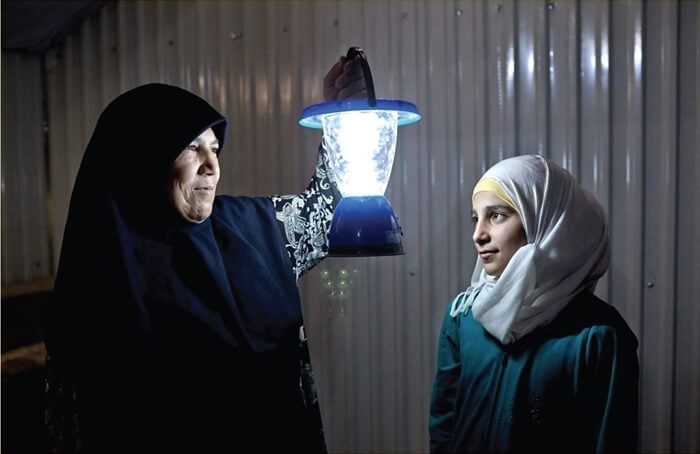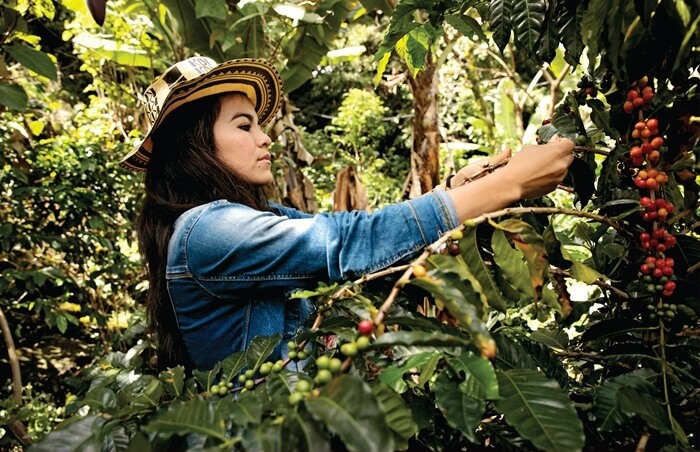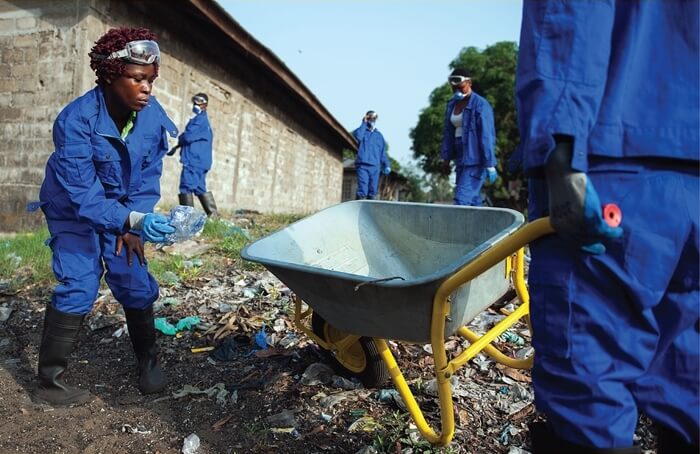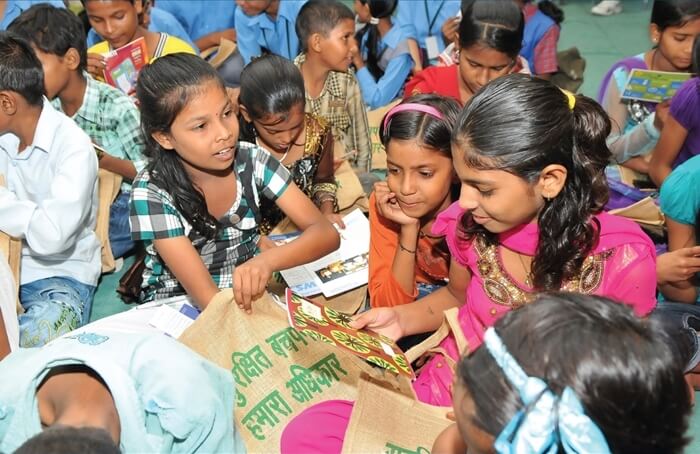Excerpt from atlasobscura.com
AS THE BLUE-AND-WHITE SKIFF CUTS across the bay to Naguabo on the eastern tip of Puerto Rico, fisherman Gabriel Ramos is the first to come into focus, waving his arm in excitement. The closer the boat skips to shore, the more details emerge: dive tanks clanking in the hull, gaffs for catching pulpo (octopus), spearguns for pargos (snappers). Only at the dock does the day’s haul become visible, in two buckets at the bottom of the boat. One is filled with slabs of carrucho—queen conch. Carrucho is a prized catch. Selling for US $14 per pound, it’s the priciest item in the fish markets along El Malecón de Naguabo, the nearby waterfront promenade known for fresh seafood.
Today’s conch prize, however, is not the sliced white flesh heaped in the first bucket. Ramos is pumped about what looks like a clump of shelly sand, sealed in a sandwich bag and floating in seawater at the bottom of the second bucket. It’s a string of conch eggs.
A mother queen conch lays half a million eggs over a day or so in a gelatinous strand that, unfurled, would stretch longer than a semitruck trailer. She camouflages the strand with sand as she goes, fussing it into a tidy pile that could pass for a bit of coral or shell. Laying nine or so masses each season, she will send nearly five million larval conchs a year into the sea. Fewer than one percent will survive to grow into the Caribbean’s favorite marine snail, with the glossy pink shell and sweet meat eaten across the 26 countries in its range.
A queen conch shell can grow as big as a football. Its handle-like cavity gives it a similarly satisfying grip, though it weighs closer to a brick. That heft makes queen conchs easy to spot and catch—so easy that overharvesting for their meat and shells has collapsed populations throughout their habitat in the Caribbean Sea and Gulf of Mexico. The United States was the first to lose its queens, which once thrived at the southern tip of Florida. They have not rebounded despite Florida’s ban on commercial conch fishing since 1975 and all harvesting since 1986. After the state ban, the big sea snails were listed under the Convention on International Trade in Endangered Species of Wild Fauna and Flora to monitor and limit trade. The losses have only hastened. Scientists have warned that the once-massive conch herds of The Bahamas—which exports nearly all the conch meat consumed in the United States—have now thinned below the minimum number needed for the animals to breed.

Island Innovation is a social enterprise and digital media company at the intersection of sustainable development and communications, offering specialised services across various sectors. We bring together the private sector, government, utilities, NGOs and universities to advance innovation for sustainability and prosperity in islands worldwide.















